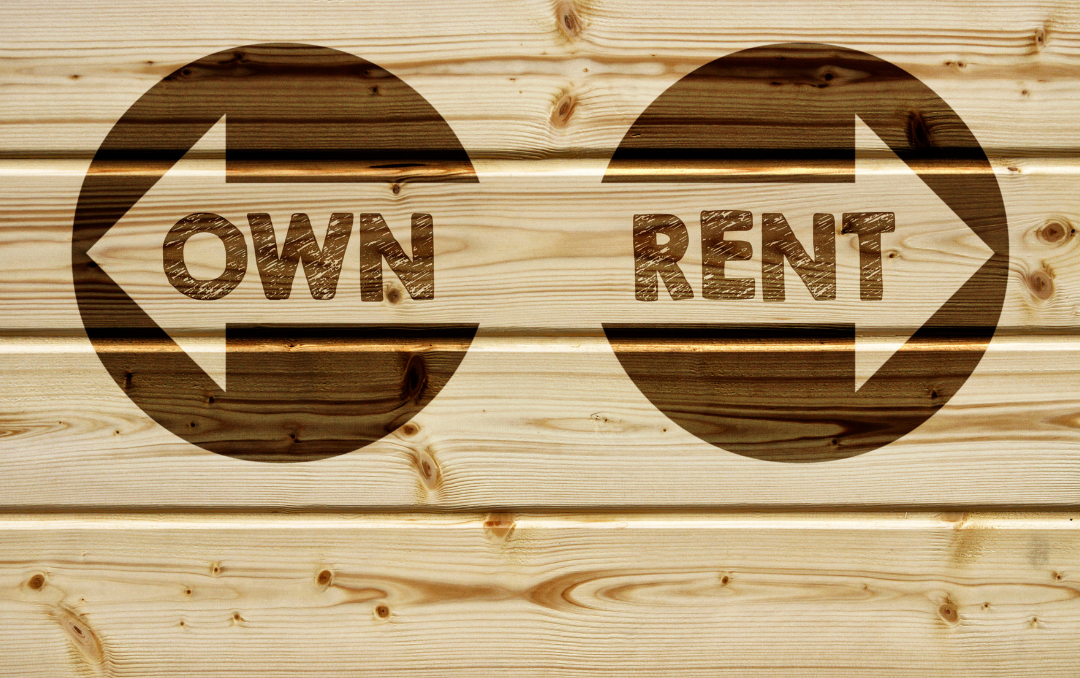The Canadian real estate market is showing signs of slowing, now that interest rates are rising. Despite sales activity sliding and prices moderating, the country’s housing sector is still leaving many hopeful homebuyers sitting on the sidelines.
According to the Canadian Real Estate Association (CREA), national home sales tumbled at a monthly rate of 3.9 per cent in September. The MLS® Home Price Index (HPI) declined by 1.4 per cent month-over-month but was still up 3.3 per cent year-over-year. Meanwhile, the actual (not seasonally adjusted) national average sale price declined 6.6 per cent year-over-year, to $640,479.
New residential listings fell 0.8 per cent month-over-month, and months of inventory edged up slightly to 3.7 months.
Of course, some housing markets are much more expensive than others, such as Toronto. Could a rent-to-own program be the solution for many Canadians itching to become homeowners, particularly in markets that are in high demand?
The option is becoming more prevalent as prices continue to be out of reach of many Canadians.

How Do Rent to Own Programs Work?
Households paying rent to a homeowner or property management company can feel like throwing money out the window instead of putting it toward equity on a home of their own.
This is why more companies and even the government are looking into rent-to-own programs. The innovative service works much like the rental market, except a portion of your monthly rent goes toward the purchase of the residential property you are renting. For the most part, your rent will be divided into two parts: a large percentage for the rent and a smaller percentage for your down payment and home equity.
Now, there are two types of rent-to-own programs:
- Option-to-Purchase: An agreement that provides the tenant with an option to acquire the home when the rental term is complete.
- Lease Purchase: A deal to buy the property at the end of the term, and if you fail to do so, you will pay the penalty.
Put simply, you complete your monthly payments, accumulate rent credit, and then apply for a mortgage at the end of the term. It works similarly to how you pay rent in your apartment building.
Here are some other features of a rent-to-own program:
- The future purchase price of the house is typically locked in, although some contracts might include the future appraised value at the end of the lease.
- Tenants pay an initial fee of at least two per cent of the agreed purchase price.
- You might need to make additional regular payments to add more to your down payment.
- Households are responsible for covering the cost of maintenance and repairs.

Finally, housing experts note that Canadian homebuyers may not be approved for a mortgage because of tightening standards, from the enhanced mortgage stress test to growing income requirements. And this could impact your money.
“If they do not qualify, [they are] at a significant risk of losing any sweat equity or savings they may have put into the home,” Melanie McLister, a co-founder and mortgage broker at intelliMortgage, told Global News. “Some put in a considerable amount of both, feeling confident the home will be theirs in the end.”
But is it popular enough? Ottawa seems to think there is an appetite in the marketplace, especially among the large number of renters who want to enter the real estate market but do not possess enough upfront capital. Prime Minister Justin Trudeau and his Liberal government have pledged to commit more than $1 billion toward various rent-to-own initiatives across the country.
Market analysts question if there is enough demand among renters for this program.
“One of the reasons why it hasn’t been that prevalent and not that common is that it’s just not that clear that it’s in the renter’s interest to get into these contracts,” Peter Norman, chief economist at Altus Group, a real-estate consultancy, told TVO. “It’s a little bit like leasing your car — if you run the numbers on that, it’s often a lot less affordable than actually buying one; all it does is provide you an opportunity not to have to put all the money upfront.”
Indeed, with price inflation eating away at wage gains and forcing consumers to touch their immense pandemic-era pent-up savings, it is increasingly more challenging to get involved in the Canadian real estate market boom.
Consider these two statistics, courtesy of the Desjardins Affordability Index (DAI). The first is that payments for the typical home jumped 11.6 per cent in the first quarter. The second is that Canadians now need a little more than $42,000 a year to cover payments.
“But affordability will remain under pressure as mortgage rates go up in response to the Bank of Canada’s recent quantitative tightening and policy interest rates have begun to rise,” the bank wrote.
Still Have Questions?
Buying or selling a home is a complicated process, so it’s okay if you don’t know all there is to know. RE/MAX Canada hit the streets in a new video series, to find out just how much (or how little) the average person knows about Canadian real estate, and to offer some answers in the process.
Still wondering? Connect with a RE/MAX agent for answers to all your real estate questions.
Courtesy: remax.ca


Leave A Comment